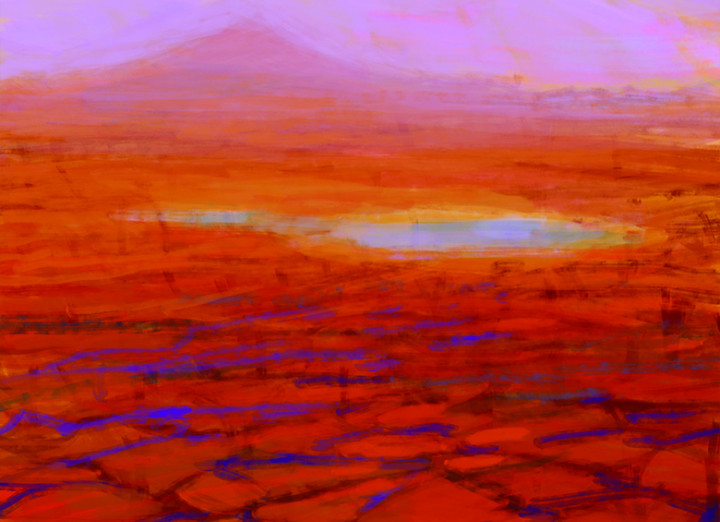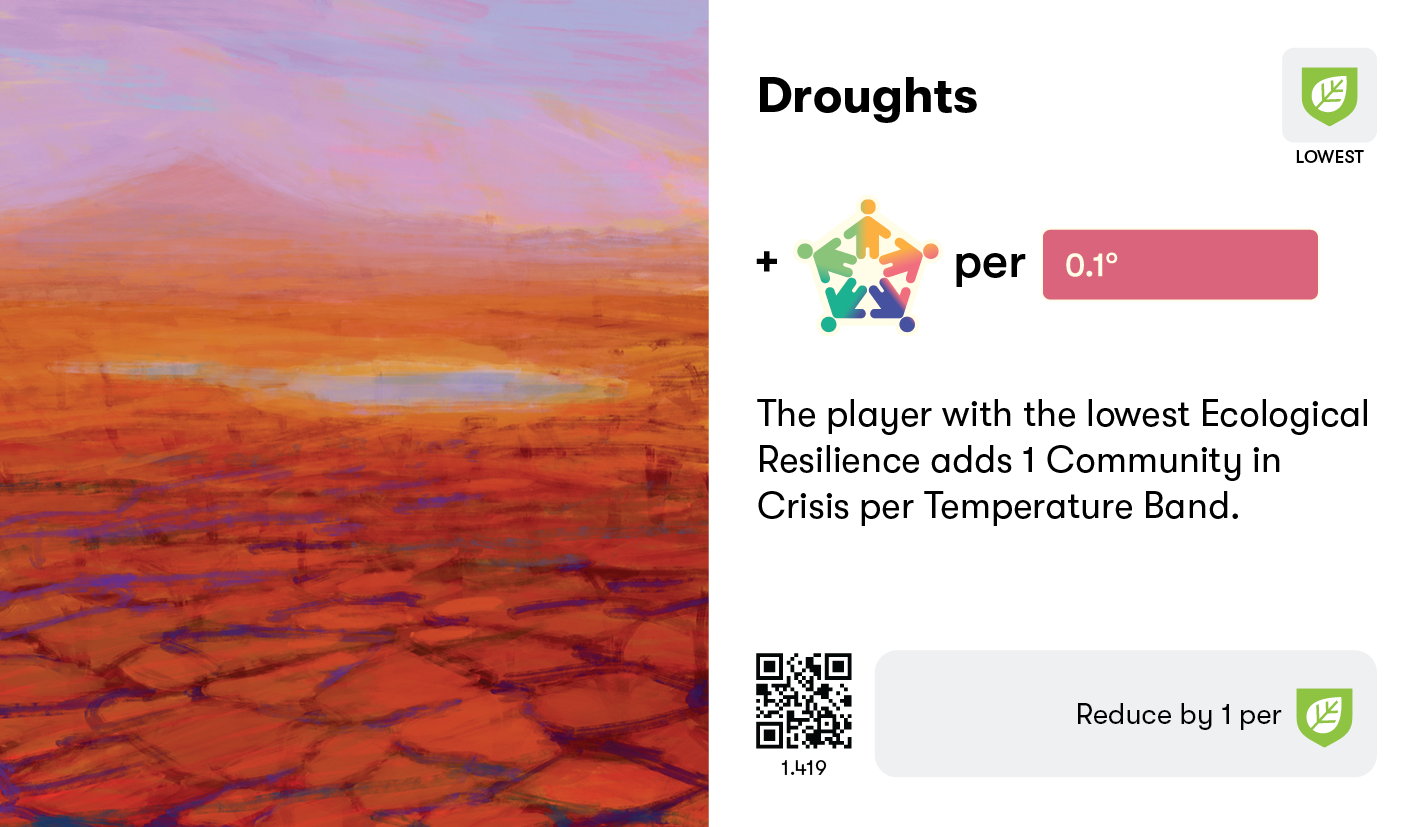Droughts
Crisis
Drought is a slow-onset disaster characterized by the lack of precipitation, resulting in a water shortage, that can have a serious impact on health, agriculture, economies, energy and the environment.
Water scarcity already impacts 40% of the world’s population, and as many as 700 million people are at-risk of being displaced as a result of drought by 2030. An estimated 55 million people globally are affected by droughts every year, threatening people’s livelihoods, increasing the risk of disease and death, and fueling mass migration. Rising temperatures are making wet regions wetter and dry regions drier, which exacerbates droughts and makes them more likely – reports of extreme weather events and disasters have more than tripled since the 1960s
Droughts are the most serious hazard crops and livestock in nearly every part of the world. Acute and chronic health effects of drought include: malnutrition due to the decreased availability of food; increased risk of communicable diseases due to acute malnutrition, inadequate or unsafe water for consumption and sanitation, increased crowding among displaced populations, psycho-social stress and mental health disorders, overall increase of population displacement, and disruption of local health services due to a lack of water, with health care workers often being forced to leave local areas.
Better understanding hydrology and the links between drought and conflict, as well as Involving communities in developing early warning early action systems enables people to anticipate and prevent drought impacts before they worsen.
The player with the lowest Ecological Resilience must add 1 Community in Crisis per Temperature Band.
They can reduce this effect by 1 for each Ecological Resilience token in their player board.
For example: 5 Temperature Bands – 3 Ecological Resilience = add 2 Communities in Crisis.
Resilience tokens are not discarded.

Early warning, early action (International Federation of Red Cross and Red Crescent Societies, IFRC)
Community Based Drought Management For The Pastoral Livestock Sector In Sub-Saharan Africa (FAO)
Monitoring and evaluation of anticipatory actions for drought: Guidance and tools for Forecast-based Financing programmes (World Food Programme)
UK and Global extreme events – Drought (UK Met Office)
Look into whether there is a drought plan for your local area to understand what action you should take during a drought - or campaign for a drought plan to be put in place if one doesn’t exist.
Consider taking action to promote regenerative agricultural practices that require less water usage.
Campaign for your government to plan for resilient healthcare services, local aid networks and food networks that can cope with shortages and price volatility.